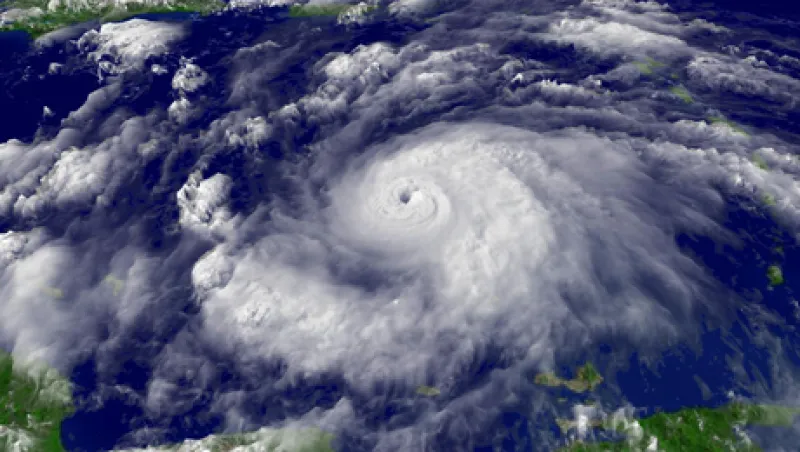Mark Kritzman, CEO of Windham Capital Management in Boston, has been developing quantitative risk management strategies for over 20 years, but the growth of ETFs has enabled him to put his ideas to work for investors. Last month his firm’s assets under management reached $1 billion, all of which is invested in ETFs that portfolio managers buy and sell based on how choppy or calm the market looks at the time.
And right now, Windham is weighting its allocations toward equity and high-yield debt ETFs, especially ETFs that track emerging-markets debt and equities, along with small-cap non-U.S. equities and commodities. These are assets that show a low correlation with traditional equity risk factors, says Lucas Turton, the firm’s chief investment strategist.
Kritzman, who teaches financial engineering at the Massachusetts Institute of Technology’s Sloan School of Management and has written widely about constructing portfolios to withstand multiple risk regimes, started Windham in 1988 as a base for his advisory services. Over the years the firm also managed currency strategies for the Rockefeller Foundation and other institutional clients, and became part of State Street Associates, a think-tank that Kritzman co-founded. In 2009, the firm began offering its own portfolios, “starting with nothing,” says Turton. The assets grew slowly, to $50 million at the end of 2009, but reached the $1 billion mark in October with a $250 million investment from the Maine Public Employees Retirement System.
Windham’s analysts use quant metrics to detect levels of systemic risk in the markets along with what Kritzman calls “turbulence.” Turbulence is often an early warning of systemic risk, while systemic risk is an indicator of turbulence. Windham’s portfolios deploy a system that Kritzman has trademarked called Risk Regime Investing, which revolves around measuring both qualities. In measuring financial turbulence, Kritzman seeks to capture a number of important market patterns, including how typical an asset’s current returns are based on historical behavior, and changes in the ways that assets are interacting with one another.
“Whatever the causes, we’ve found that returns are lower when markets are turbulent than when they’re calm,” says Kritzman. “So if you can distinguish turbulent periods, you can distinguish the potential for lower versus higher returns.”
The limitation of turbulence alone is that it measures historical conditions. But by using turbulence factors in markets around the world to gauge systemic risk, Windham’s analysts get a sense of whether the markets are vulnerable to bad news, with the aim of detecting potential problems before they arrive. “If, on average, you invest defensively when markets are fragile and more aggressively when markets are resilient, you can add value,” says Kritzman.
What that means in practice is that Windham’s portfolio managers trade ETFs across many asset classes to construct a defensive portfolio or an aggressive one, depending on the market signals. They have found ETFs to be the best alternative for getting exposures across asset classes in a highly liquid and efficient way. In general, during a period of high turbulence and systemic risk, the portfolios will have higher allocations to fixed-income ETFs. Right now, in spite of the precarious global economy and the looming fiscal cliff in the U.S., there are places where the markets are not showing a great deal of either turbulence or systemic risk.
“Our model doesn’t read the newspapers,” quips Turton. Actually, he is finding that systemic risk varies by sector, leaving pockets of stability and hopes of high returns. This year, for the first time since 2007, the financial services sector has slipped down Windham’s list of the sectors that present the highest risk factors. “That provides some comfort,” says Turton. “Despite all the bad news in the U.S. and Europe, financials are not likely to see the widespread selloffs of a few years ago. The financial sector has played itself out, in large part because it’s now inexpensive, so stocks don’t have a long way to fall now. Now we’re paying greater attention to risks from the materials and energy sectors, and from countries that are big consumers and producers of these products.”
As long-only portfolios, however, Windham’s funds have some constraints. “It’s harder to isolate specific risk factors than it would be with a hedging strategy,” says Turton. For that reason the firm is looking into raising capital to start two hedge funds. A hedging structure would allow them to seek alpha while reducing risk, using such techniques as currency hedges against emerging-markets equities, or ETFs that short the S&P 500 in times of turbulence.
Since 2009 Windham’s funds have shown an annualized return of 7.9 percent and are up 7.7 year-to-date through October. The 60/40 stock-to-fixed-income ETF portfolio that the firm uses as a benchmark for simplicity’s sake is up 9.5 percent year-to-date. “But we’ve been getting the risk factors right,” says Turton.






